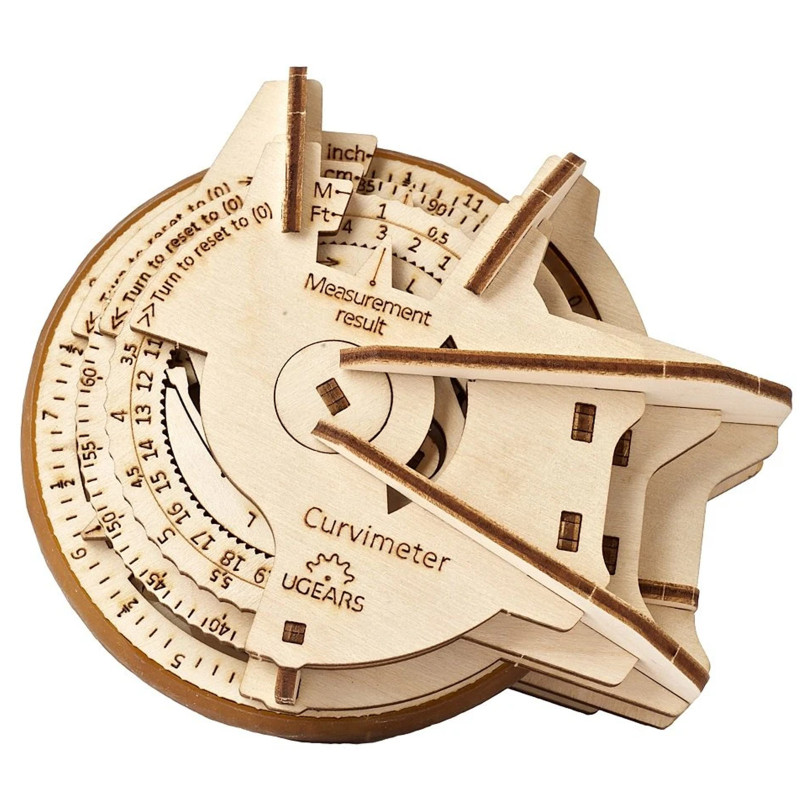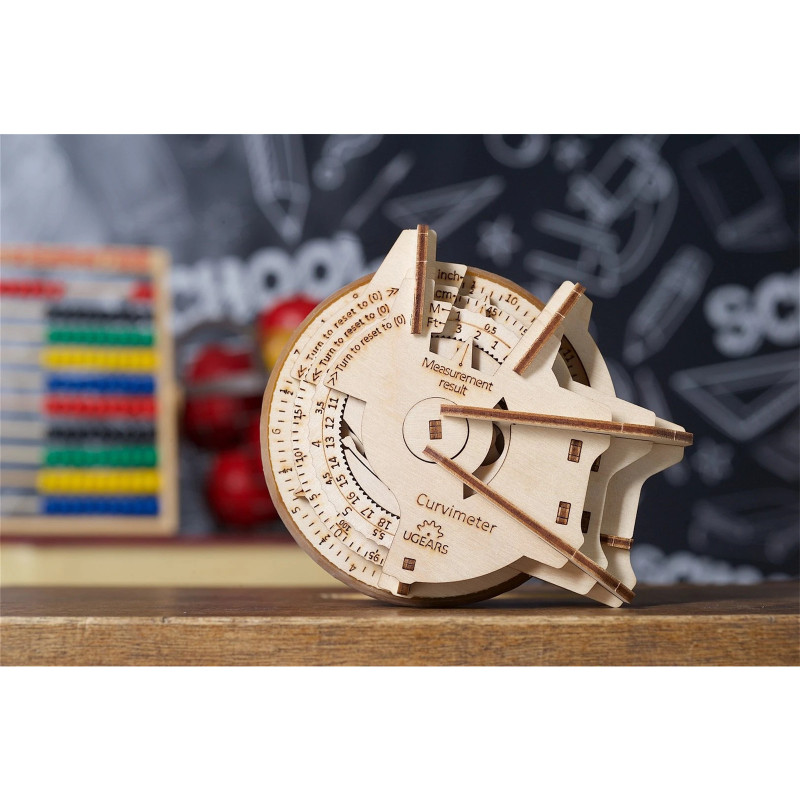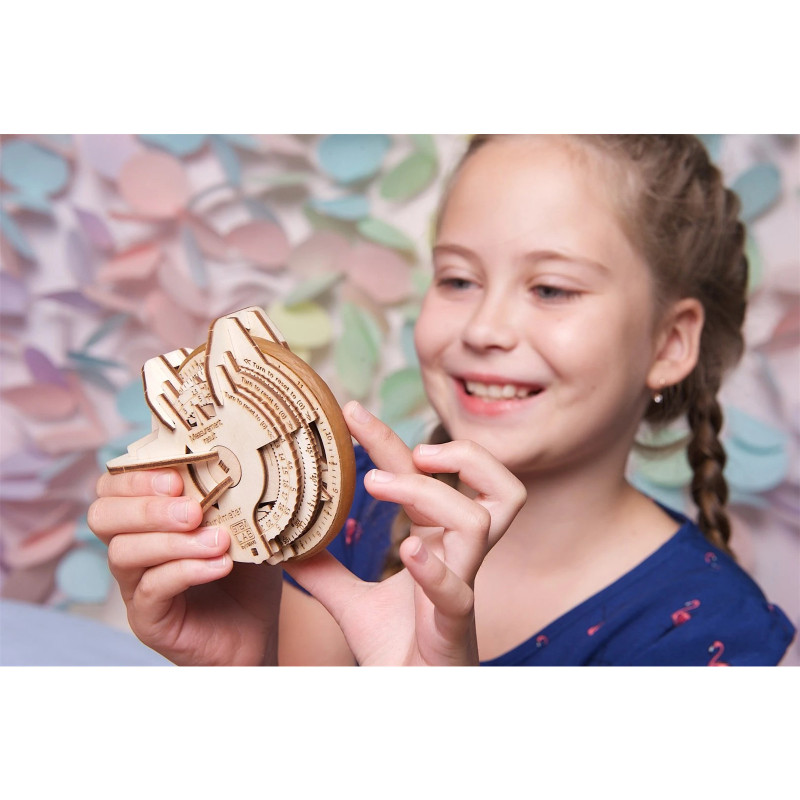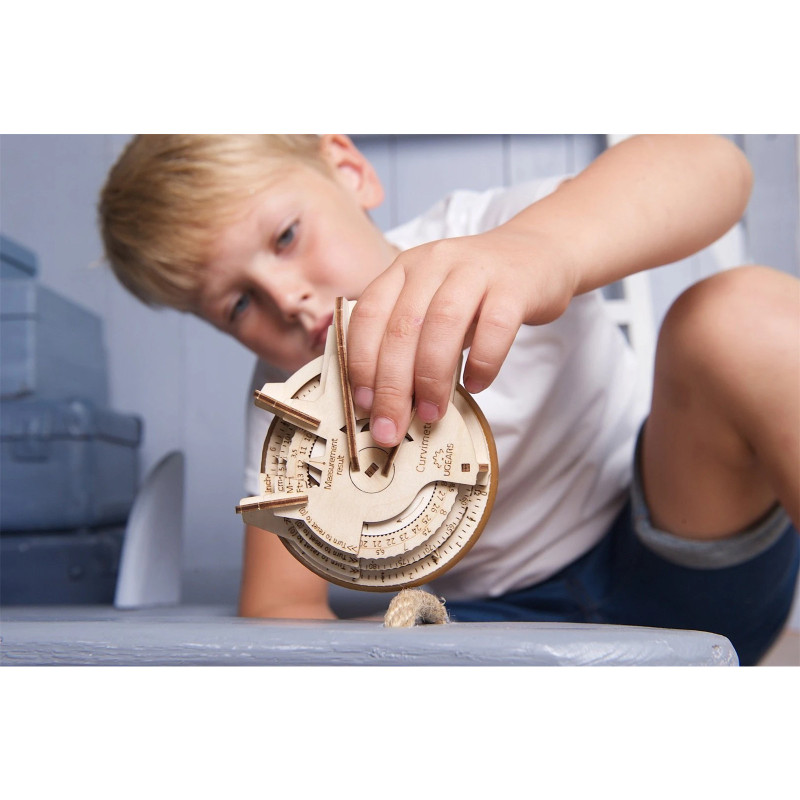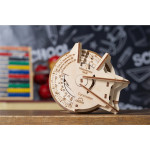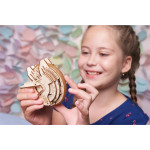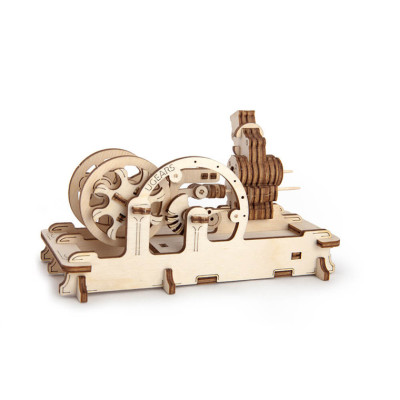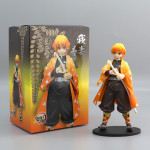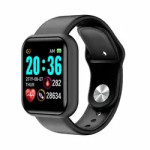How does it work?
To use the device, you roll the wheel across the item that needs measuring. As the wheel moves, the measuring hand moves as well, tracking how far the wheel has traveled. If your distance is greater than one rotation, the device also tracks how many circuits it has completed. Once you've measured the entire item, multiply the number displayed on the face by the number of rotations to find the total distance.
Who invented the curvimeter and when
Although curvimeters are still used today, they are not new. Their origins are a mystery, and many different nations claim that someone from their area invented the device. For example, some people believe that Virtuvius the Roman invented the curvimeter around 23 BCE, but others think it was Zhang Heng, a Chinese intellectual. While the history of this tool is disputed, in 1873, Edward Russell Morris secured the patent for it.
Not only is the UGears STEM LAB Curvimeter a working opsiometer, but it is also one that you can easily assemble yourself. You don't have to worry about getting glue everywhere, and you don't need any special equipment. The parts are precut, although you may need a knife to loosen a few from their boards, and if you don't remove them carefully, use sandpaper to smooth down the edges. Additionally, when the gears stick or don't fit, a little candle wax on their edges takes care of the problem.
As you assemble the curvimeter, be careful not to bend or break any of the more than 100 wooden parts, but if you do have an accident, use UGears' website to request a free replacement. You also have the choice of painting the model, although this step will add a few days to the project. Avoid acrylic paints, since they tend to be so thick that it's hard for the gears to move. Watercolors are a good option as long as you let them dry completely before continuing with assembly.
Looks like there are no reviews yet.


 English
English